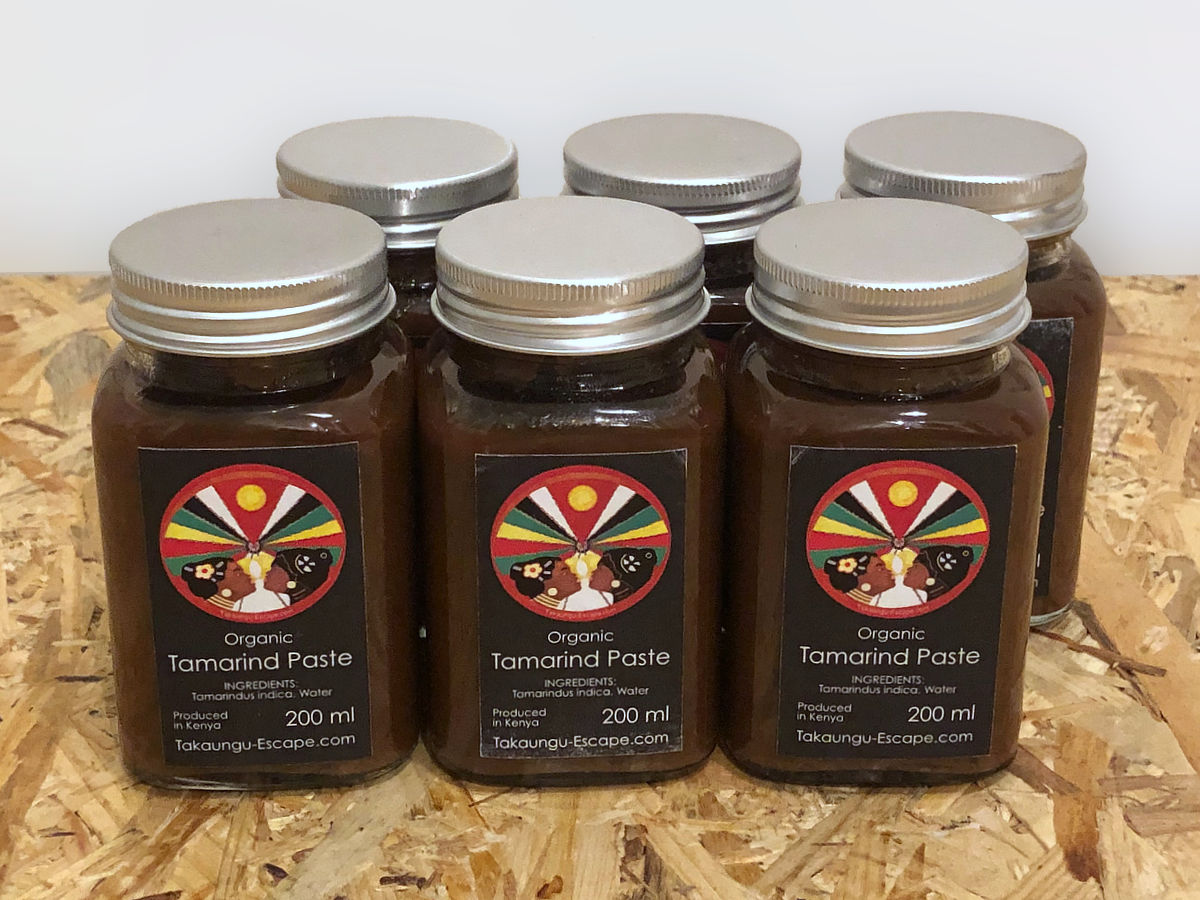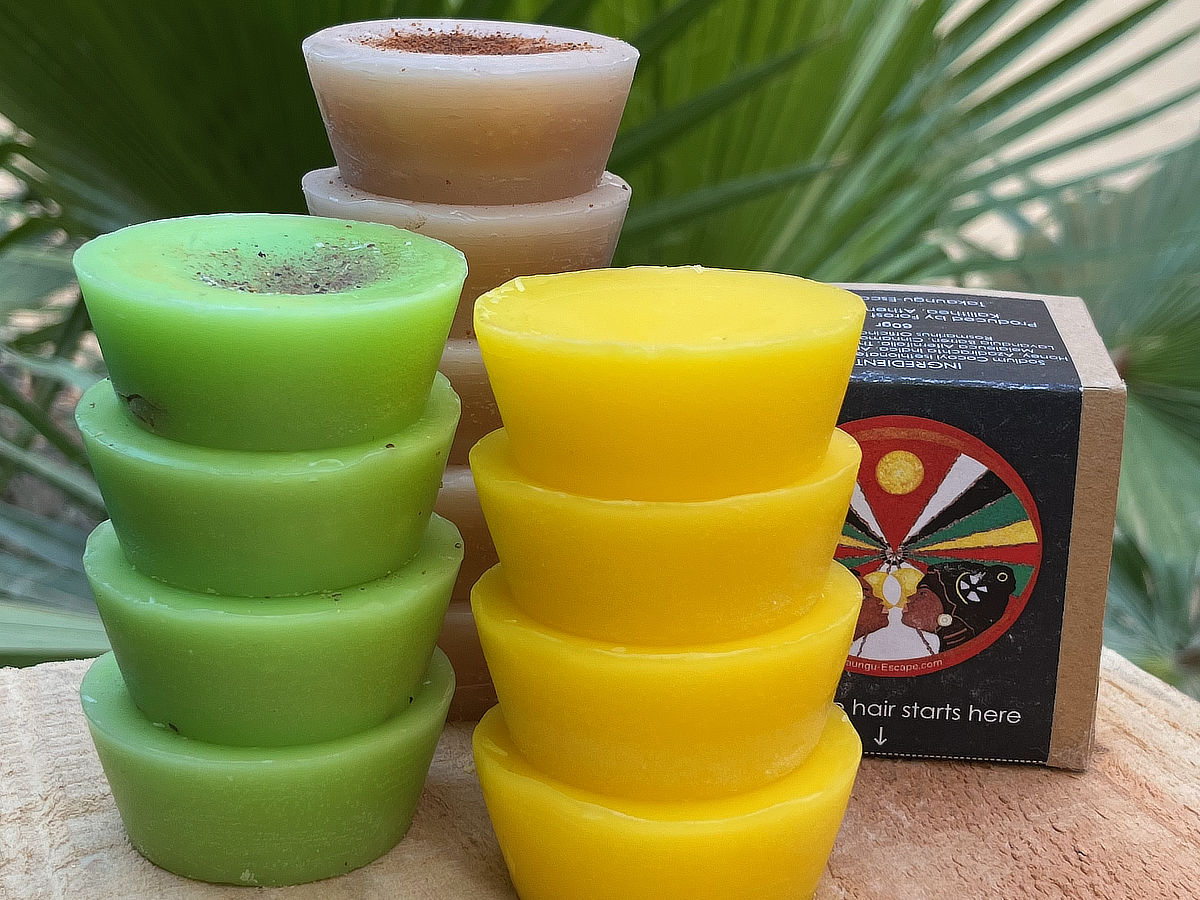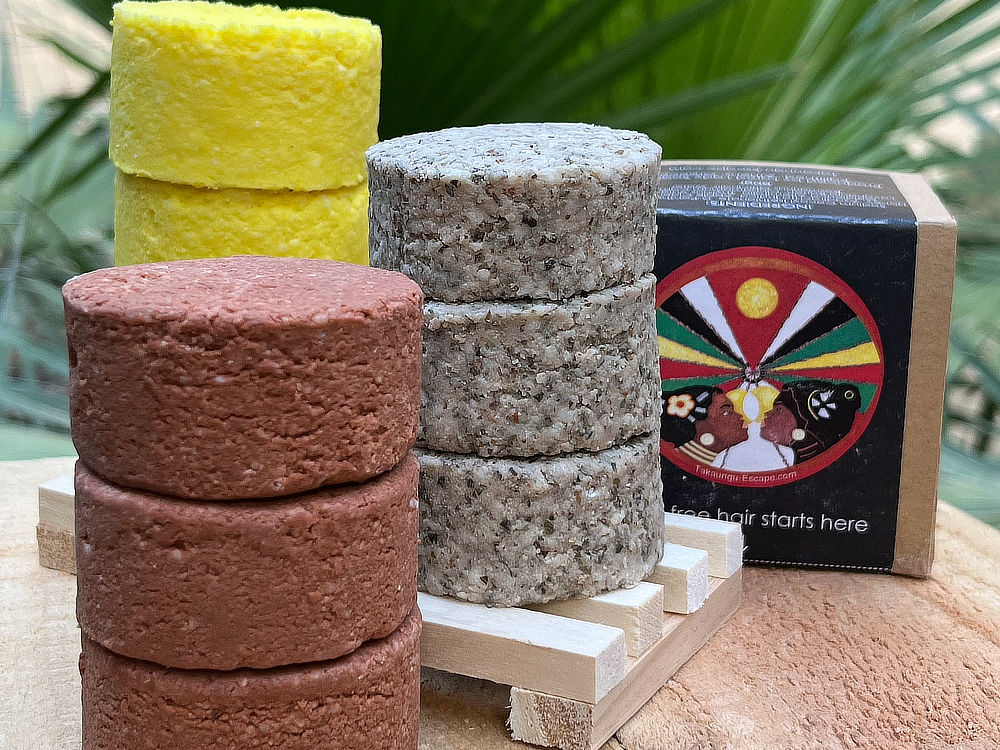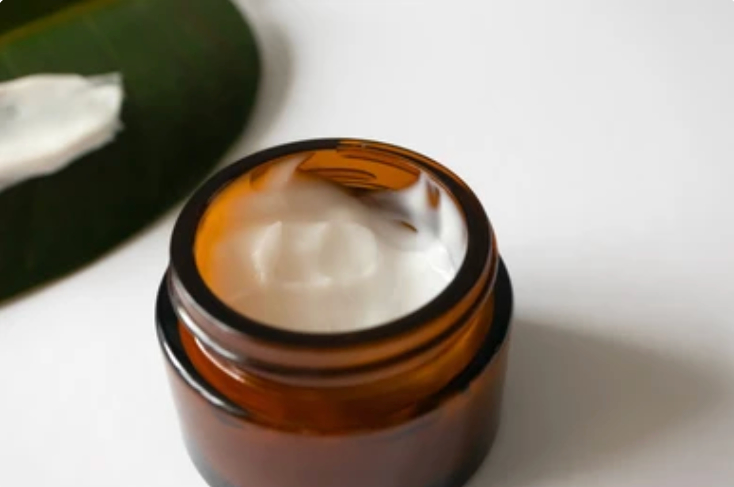What Is Tamarind Paste?
 The tamarind tree is a common hardwood fruit tree that is native to Africa but now grows all over Asia and Mexico. It bears large brown pods that contain the tamarind fruit. The dark reddish-brown fruit is removed from the pods and must be separated from the seeds to become a ready-to-use cooking paste.
The tamarind tree is a common hardwood fruit tree that is native to Africa but now grows all over Asia and Mexico. It bears large brown pods that contain the tamarind fruit. The dark reddish-brown fruit is removed from the pods and must be separated from the seeds to become a ready-to-use cooking paste.
Health Benefits
Tamarind has played an important role in traditional medicine. Tamarind is rich in numerous phytonutrients that act as potent dietary antioxidants, and can enhance the efficacy of the body’s natural immune defences. Antioxidants are needed to reduce the inflammatory impact of oxidative stress.
Being rich in polyphenols and flavonoids, tamarind has been shown to decrease LDL cholesterol and increase HDL cholesterol, thereby lowering the risk of atherosclerosis. The dried pulp was also found to have anti-hypertensive effects, reducing diastolic blood pressure.
Tamarind fruit extract has been shown to provide a protective effect for the liver, as it contains antioxidants called procyanidins, that counter free radical damage to the liver.
The anti-inflammatory effect of tamarind seed extract has been shown to offer potential protective benefits and improve blood sugar regulation in those with diabetes.
How to Cook With Tamarind Paste
 Tamarind paste is easy to use straight from the container. Because of its sour taste, whatever recipe you are making will need sugar or some kind of sweetener; when combined with sugar, tamarind gives dishes a beautiful but subtle, sweet-sour flavour. The thickness and strength of tamarind paste vary widely depending on which brand you use. If the paste is runny, you will need to add more to achieve the right flavour. Taste-test your recipe to achieve the right sweet-sour balance, adding more paste or more sweetener until the desired flavour is reached.
Tamarind paste is easy to use straight from the container. Because of its sour taste, whatever recipe you are making will need sugar or some kind of sweetener; when combined with sugar, tamarind gives dishes a beautiful but subtle, sweet-sour flavour. The thickness and strength of tamarind paste vary widely depending on which brand you use. If the paste is runny, you will need to add more to achieve the right flavour. Taste-test your recipe to achieve the right sweet-sour balance, adding more paste or more sweetener until the desired flavour is reached.
What Does It Taste Like?
Tamarind paste tastes very sour, with a somewhat citrusy taste. It does have notes of apple or cider as well as a touch of smoke and caramel as well, making for a complex flavour profile.
Tamarind Paste Recipes
Tamarind paste is used in many Asian dishes, including noodle recipes, curries, sauces, and soups. It can also be mixed into uncooked dips and chutneys. It is ideal in a marinade since its acidic quality helps to tenderize the meat. Tamarind paste is also found in recipes for desserts, candies, cocktails, and beverages like Ukwaju Juice, as it is called in East Africa, also known as Agua Fresca de Tamarindo in Mexico. Classic Pad Thai Sauce is made with tamarind, as are some Indian curries and you will find it also in Vietnamese, Latin, as well as Caribbean cooking. It is also a key ingredient in Worcestershire sauce, contributing to the distinctive taste.
On this website you will find 20 Easy Tamarind Recipes: https://insanelygoodrecipes.com/tamarind-recipes/
Storage
Store in the refrigerator to ensure longer shelf life and freshness. You may have to stir the contents before using or dilute it a bit with water, as it tends to thicken. It will last for months if it's properly sealed.


